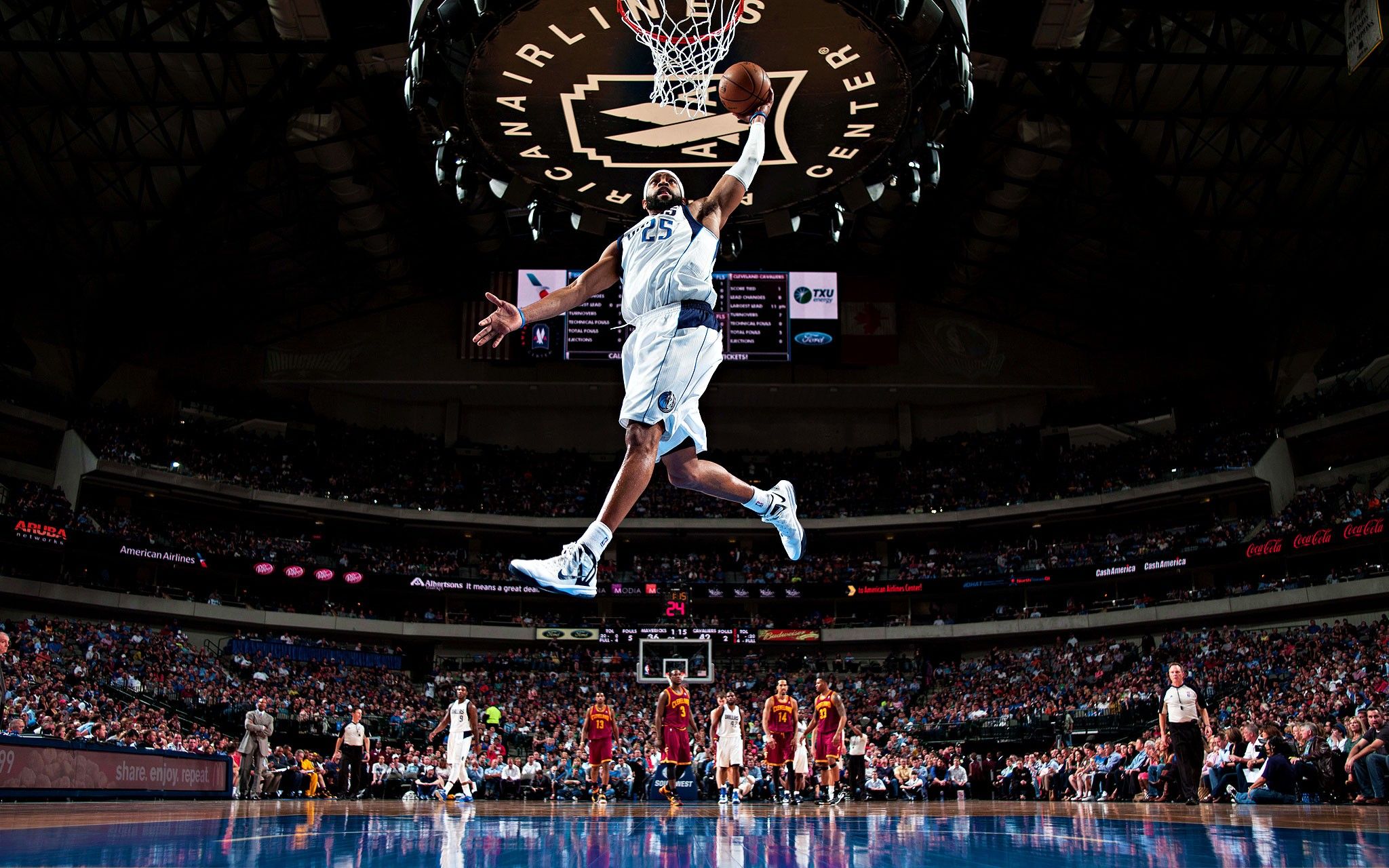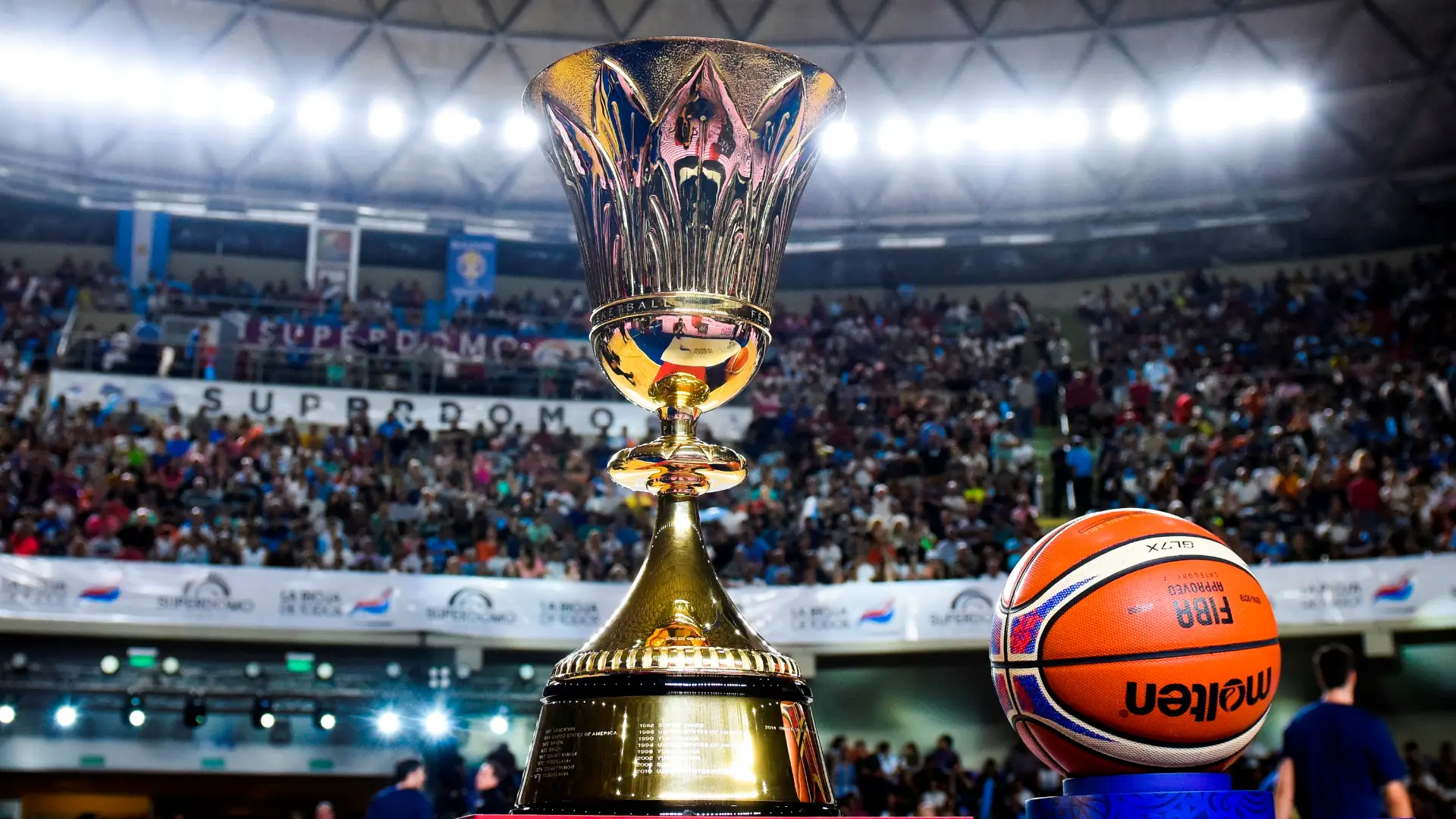Basketball on the water is a dynamic water sport that combines elements of basketball and swimming. Players from two teams compete to throw the ball into a basket above the water. The sport requires not only excellent physical fitness from the athletes, but also the ability to coordinate their movements in the water.
In this article, we will tell you more about this unusual sport. Perhaps you will be so interested in it that you will want to become a professional.

Basic rules and features of basketball on the water
Basketball on water differs from traditional basketball not only in the medium, but also in the rules. The teams consist of four players and the game lasts 30 minutes (two halves of 15 minutes each). The athletes must stay in the water the whole time and are not allowed to touch the ground. The playing field is a 25 by 15 metre pool with a depth of around 2 metres, making it impossible to lie on the floor.
The court consists of two floating baskets that are attached to a special platform that is slightly higher than for normal basketball. The referee makes sure that all the rules are followed and any touching of the floor results in a free throw. The rules require a high level of stamina and the ability to stay afloat during active play.
Special features of the game in the water
One of the main characteristics of basketball is the resistance of the water. The mass slows down the movements considerably, so a high level of physical fitness is required. Players have to work harder and coordination must be perfect in order to execute passes and throws. Agility and the ability to make quick decisions are paramount, as the water resistance cannot be overcome.
The lack of support also changes tactics. Being constantly in the water not only requires strength, but also a competent distribution of energy. It is not only physical strength that is important, but also strategy:
- The tactics of energy distribution. As the athletes are constantly in the water, it is important to distribute the energy for the entire competition. Athletes use short, powerful spurts in attack and try to relax as much as possible in defence to conserve energy.
- Manoeuvring strategy. The water restricts sudden movements, making manoeuvrability particularly important. Players use circular movements and turns to avoid opponents and find the best throwing angles.
- Team play tactics. In water basketball, it is important to maintain constant eye contact with your team-mates. Players must quickly assess the situation and pass the ball to avoid wasting energy when holding their position in the water.
- A system for utilising water resistance. Basketball players learn to use water resistance to change direction quickly. They use the resistance when pushing to get into position faster.
- Positional play in defence. When quick movements are difficult, defenders use their position to block shots and cover zones. It is important to get into the right position and anticipate your opponents’ actions.
Equipment for water basketball
You need special equipment for the game. Firstly: the ball. It is lighter and larger than a normal basketball so that it bounces better on the water and is easier to handle in this environment. The baskets are different too – they are attached to floating platforms so that they stay on the surface and can be thrown from either side of the pool. Special wetsuits help to retain heat and provide extra buoyancy, allowing athletes to conserve energy for longer.
Features of the water basketball pool and court
 The swimming pool must fulfil strict standards. It is 25 metres long and 15 metres wide and has a depth of around 2 metres. This depth makes it impossible to stand on the ground, which ensures equal conditions for all participants and increases the difficulty of the game. The court has special floating baskets attached to the platforms to prevent them from moving during the game.
The swimming pool must fulfil strict standards. It is 25 metres long and 15 metres wide and has a depth of around 2 metres. This depth makes it impossible to stand on the ground, which ensures equal conditions for all participants and increases the difficulty of the game. The court has special floating baskets attached to the platforms to prevent them from moving during the game.
Special equipment for the court
Special equipment is used on the court to ensure a safe and orderly game. Floating baskets, safety nets and markings on the water ensure that the games take place in a safe and pleasant environment. The nets prevent the ball from flying out of the pool and make the game more dynamic and continuous.
Competitions in water basketball
Competitions are held in various countries, but are particularly popular in Europe and South America. Teams from all over the world take part in the tournaments and the games are played in large water parks and special sports complexes. The main difference between the competitions is the spectacle. The water provides an element of surprise that makes every game unpredictable.
Basketball on the water is only just gaining popularity in Russia. In large cities such as Moscow and St. Petersburg, there are already clubs that regularly train and organise competitions. Russian teams are actively taking part in international tournaments, and the number of people who want to give it a go is increasing every year.
What other types of basketball are there?
Man is inventive, and so there are other types of basketball.
Street basketball is a culture. There are no strict rules, but there are traditions. The games are played on open courts, often with improvised rings. Freedom of expression, the absence of referees and the desire to show the maximum of skill. The rules change from court to court, and that’s what makes the game so special.
3×3 basketball is characterised by its dynamism and compactness. Only three-on-three is played and the court is half the standard size. This format has become an Olympic sport due to its spectacle and accessibility. The smaller number of players increases the pace of the game, each attack becomes more valuable and mistakes are more costly.
Aquabasketball offers the opportunity to experience all the fun of the game but without the physical exertion of playing basketball on the water in a professional swimming pool. The entertainment component is the most important thing here. Aquabasketball is ideal for family holidays and games with friends, where you can relax and enjoy the game without too much stress.
Conclusion
 Basketball on the water is a unique opportunity to go beyond the usual sport and try out a new element. It is not only a physical activity, but also a real challenge that requires and develops new skills. Try this sport to gain new experiences, improve your health and perhaps discover a new hobby that will become part of your life.
Basketball on the water is a unique opportunity to go beyond the usual sport and try out a new element. It is not only a physical activity, but also a real challenge that requires and develops new skills. Try this sport to gain new experiences, improve your health and perhaps discover a new hobby that will become part of your life.

And if the water option doesn’t appeal to you, take a look at other variations of the game.
 en
en  de
de  ar
ar  es
es  hi
hi  fr
fr  nl
nl  it
it  pt
pt  el
el 









